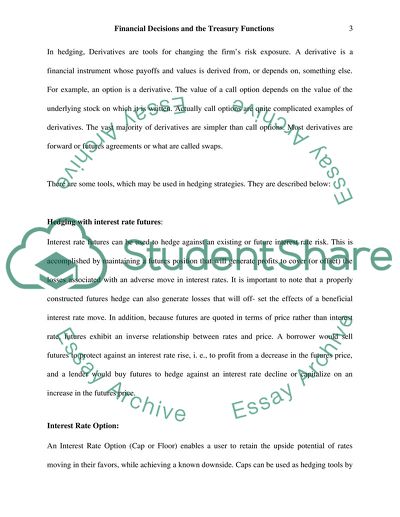Cite this document
(Financial Decisions and the Treasury Functions Assignment, n.d.)
Financial Decisions and the Treasury Functions Assignment. Retrieved from https://studentshare.org/finance-accounting/1707102-financial-decisions-and-the-treasury-functions
Financial Decisions and the Treasury Functions Assignment. Retrieved from https://studentshare.org/finance-accounting/1707102-financial-decisions-and-the-treasury-functions
(Financial Decisions and the Treasury Functions Assignment)
Financial Decisions and the Treasury Functions Assignment. https://studentshare.org/finance-accounting/1707102-financial-decisions-and-the-treasury-functions.
Financial Decisions and the Treasury Functions Assignment. https://studentshare.org/finance-accounting/1707102-financial-decisions-and-the-treasury-functions.
“Financial Decisions and the Treasury Functions Assignment”, n.d. https://studentshare.org/finance-accounting/1707102-financial-decisions-and-the-treasury-functions.


